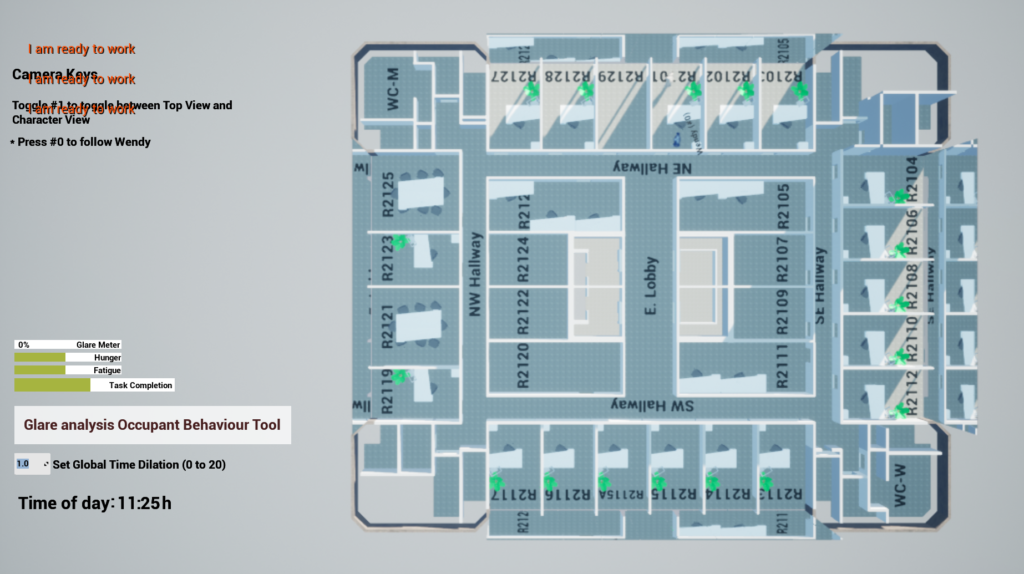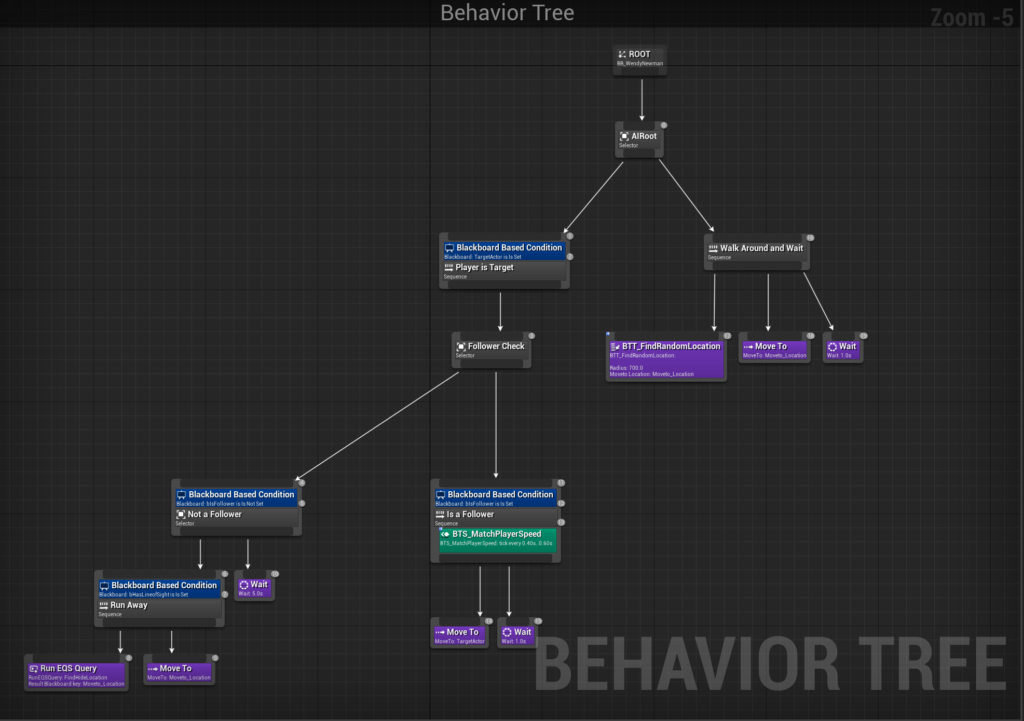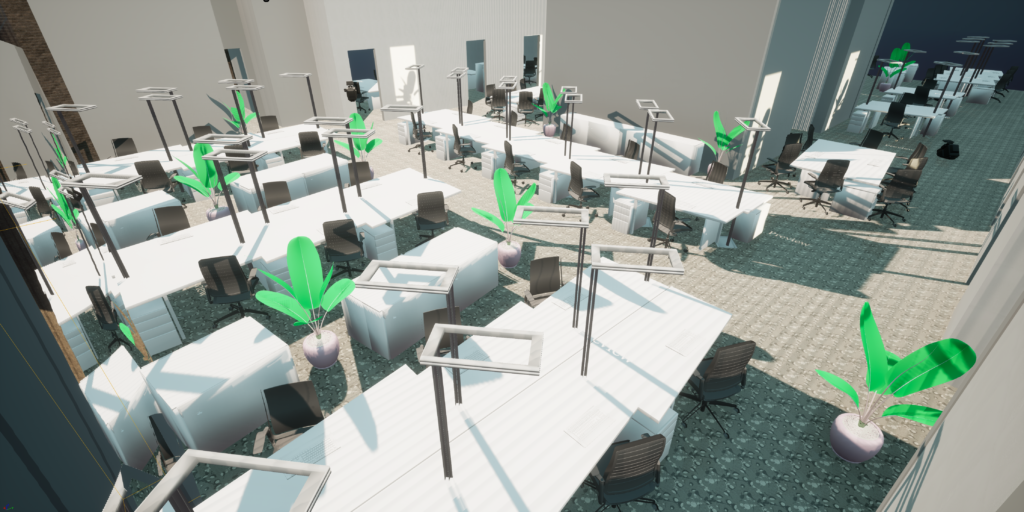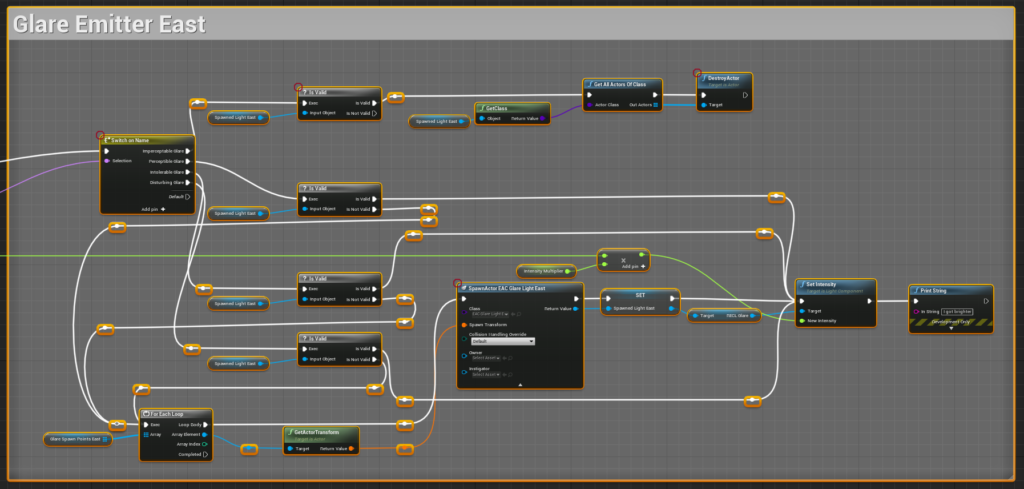The research project was conducted in partnership with HOK and CIMS through the NPNT research Grant. It allowed for studies opportunities of using video game engines such as Unreal Engine as an architectural tool for the analysis of occupant behaviour and comfort in proposed buildings and designed spaces.
It is understood within the Architecture, Engineering, and Construction (AEC) industry that the repurposing, renovating, restoring, and retrofitting of Heritage Buildings within both an urban and rural built environment is seen to hold a smaller carbon footprint and overall energy consumption than to demolish and build new. In addition, it retains the social character of the community intact and limiting the amount of displacement required due to demolition.[1] These findings have further compounded the increased interest and research within building energy simulation modelling and performance analysis of existing buildings to further optimize both the design and the mechanical and operable elements within the building in hopes of maximizing the efficiency in energy consumption of heritage buildings. Current studies have found that occupant behaviour within the built space accounts for 18% of uncertainties in energy consumption within a building compared to its preconstruction simulated data[2]. Often noting a need for a platform to which occupant behaviour can be analyzed in confluence with building energy modelling and simulations.[3][4]
This research paper presents a novel workflow of appropriating video game engines to analyze occupant behaviour within a built digital twin environment by using the capabilities of AI non-player characters. These include their ability to make decisions based off of behaviour trees, perception and environmental queries to construct user-determined AI populations for the analysis of its behaviour within the proposed designed layout. Additionally, the paper will discuss the current state of research within the field of occupant behaviour and building energy performance within Heritage buildings to help identify the current bottlenecks needing further research.
The research will use three office floors from Dunton Tower, a heritage building within Carleton University’s Campus in Ottawa, Ontario[6], as a case study for testing the AI characters in office environments. Dunton Tower has undergone both significant renovations to its facade and glazing, as well as continual minor renovations and retrofits to its interior office spaces. Making it a prime architectural space holding to the traditional office tower typology to conduct the testing. The methodology of this paper will be to implement a user-modifiable population of AI office workers within Dunton Tower’s typical office layout to analyze whether the space’s design is at its most efficient. This would be done by evaluating how the population can complete a set of tasks efficiently. The analysis used a modified version of the Sustained Attention to Response Test (SART)[7], typically used in psychology and behavioural analysis, that the AI population will be tasked to complete within the office layout. For this paper, a measured glare-analysis study will be integrated into the game engine, with results found using Honeybee and Ladybug in Grasshopper 3D. The glare analysis controlled the environmental lighting of the office and spawned inhibitors or annoyances within the environment, ultimately prompting a decision for the AI office workers to adjust in order to continue in completing the SART task.
This analysis tool will shed more light on how building design can affect the occupant’s comfort and productivity. Allowing Architect, Interior designers and engineers a tool aiding in critical decisions on the design layout with respect to occupant comfort, productivity and building performance.
[1] Anne Power, “Does Demolition or Refurbishment of Old and Inefficient Homes Help to Increase Our Environmental, Social and Economic Viability?,” Energy Policy 36, no. 12 (2008): 4487–4501, https://doi.org/10.1016/j.enpol.2008.09.022.
[2] Da Yan et al., “Occupant Behavior Modeling for Building Performance Simulation: Current State and Future Challenges,” Energy and Buildings 107 (November 15, 2015): 264–78, https://doi.org/10.1016/j.enbuild.2015.08.032.
[3] Arsalan Heydarian et al., “What Drives Our Behaviors in Buildings? A Review on Occupant Interactions with Building Systems from the Lens of Behavioral Theories,” Building and Environment 179 (July 15, 2020): 106928, https://doi.org/10.1016/j.buildenv.2020.106928.
[4] Yan et al., “Occupant Behavior Modeling for Building Performance Simulation: Current State and Future Challenges.”
[5] Katax Emperore, Unreal Engine Physics Essentials : Gain Practical Knowledge of Mathematical and Physics Concepts in Order to Design and Develop an Awesome Game World Using Unreal Engine 4, Community Experience Distilled (Birmingham: Packt Publishing, 2015).
[6] Infrastructure and Economic Development Dept Planning, “Heritage Properties,” Government, Ottawa.ca, February 7, 2020, https://ottawa.ca/en/planning-development-and-construction/heritage-conservation/heritage-properties.
[7] David Peebles and Daniel Bothell, Modelling Performance in the Sustained Attention to Response Task., 2004.
This page is under development




